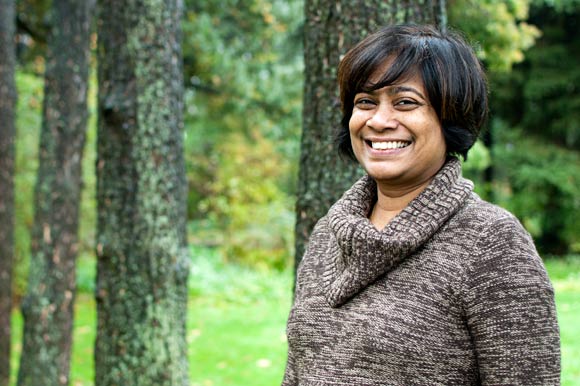
Following on yesterday’s post, today I’m compiling notes on a couple of sessions from Day 2 of the
Art, Science & the Brain Conference organized by
ArtsSmarts at the
MaRS Centre in Toronto.
The presentations ranged widely over brain structure, pedagogy, curriculum, and educational institutions. Here’s the points that stood out the most for me in terms of thinking about contemporary art, contemporary art education and related programming at public museums and galleries:
- Change coming from within educational institutions, and other institutions, is thought by many experts as being in the highly-challenging-to-well-nigh-impossible range of plausibility. As speaker
Stan Kutcher put it, “Changing a university is more difficult than moving a graveyard.” As a result, several speakers said, change on educational and other fronts must be initiated outside the established institutions. To me, this recalled the development in decades past of Artist Run Centres in Canada, an alternative exhibition model that grew outside of museums. And perhaps, in more recent years, it points to the growth of the web as a place for exhibiting art outside of the museum and ARC structure. Still, I wondered -- must all change come from outside? It's a depressing thought for me, even if it's a realistic one.
- Some educational theorists are excited about the idea of moving from a top-down, lecture-based model of teaching to an interactive and shared model of teaching. Again, it’s worth wondering how this could apply to art institutions today. Though many museums offer “interactive” features of one kind or another, the general feeling in many art museums is “we are conveying or presenting important art knowledge to the viewer,” not “we are collaborating with the viewer on generating art knowledge and experiences” or “the viewer might have something to teach us or share with us about art knowledge and experiences.”
- In terms of using new technologies, all the presenters agreed that integrating resources for training educators in those technologies was crucial. Many institutions provide the budget for tech equipment, but not the budget to teach educators (and perhaps, in the museum case, curators and directors) how to use it.
- Even fewer resources, at times, may be devoted to much-needed testing, whether it’s of paradigms old or new. As Kutcher pointed out, he has been trying to do research on the effectiveness of certain technologies in education and teen mental health, but has little comparative data, as the effectiveness of traditional educational and mental health strategies had not been thoroughly tested in the first place. In terms of art museums, this prompted me to wonder what ideas of value in exhibitions have become accepted as status quo through the centuries without any data on viewer learning to actually support them.
- Again, collaboration between divergent groups is key for moving forward in technology and education, including arts education. As
Matt Thompson, a representative from Mozilla put it, “The geeks are getting it. We know now that the Internet is not going to save the world. But it’s the dawn of a more interesting age” where there are hybrids between technology and other fields are growing more useful applications. As an example, he discussed some tech-ed programs Mozilla had developed in intensive collaboration with teachers and curriculum advisors. The upshot here for arts institutions is, again, to reach out to teachers (and, as necessary, programmers) when looking to develop appropriate and useful arts-ed technologies.
Also, here’s a few of my thoughts on the conference in general:
-Next time, please allot more time to speakers and panelists, or focus the topics so that they can be addressed in the allotted time. Many of the topics at the conference could have had full days devoted to them. Instead, each panel speaker was given four to five minutes to cover that topic. I’m all for conciseness, but there’s a limit to condensing useful information. It’s also annoying to go see a single-speaker talk that runs out of time in terms of getting down to the nitty gritty. That’s partly the fault of the speaker, but could have to do with unclear timing expectations.
- In a conference that has a lot of buzz around “new ways of learning in the 21st century” I was left wondering why so few 21st century tools and approaches were being used in the presentations I saw. I’m talking about webcasting the talks and panels as a basic minimum, which didn’t happen. I’m also talking about revamping the traditional top-down speaker approach. There’s few things more annoying than hearing a speaker expound on the benefits of “non-broadcast, non-top-down models of learning” while they absolutely engage in broadcast, top-down modes of communication.
- Be sensitive to the ways a sales pitch can alienate your desired audience. I overheard at the conference that some attendees were annoyed with the sales-y ness of the presentation lineups. Next time, to improve its usability and integrity, the conference might want to consider providing some tips for educators that don’t require buying a book or software program or consultant time to put into action.
Overall, I found the conference an interesting experience, especially as a non-educator myself, and I’m sad I’m not able to attend this afternoon’s panel featuring
Sally McKay of Digital Media Tree. Good luck Sally!
For more information about the conference, please visit
21c-learning.ca.
(Image of an old-timey classroom -- with the same layout as many new-timey classrooms -- from
elearninggr14)
























